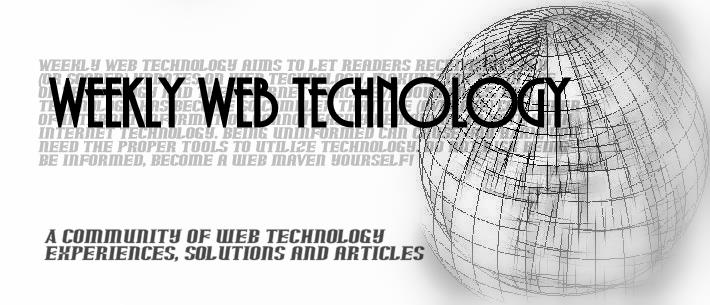IBM wants to create a scalable solution to language translation. The project, n.Fluent, taps into IBM's 400,000+ workforce through crowdsourcing and advanced linguistic techniques. Crowdsourcing uses the strength of social networks and Web 2.0 orientations to solve complex problems. Social networks allow complex problems to be broken into hundreds or thousands of smaller sections, each manageable by a single individual, to be distributed and then solved collectively.
The problem of language translation is complex because of the many nuances in language. Children can easily learn language and figure out what words or phrases sound correct. According to Stephen Pinker (Stuff of Thought, 2006) children do not learn every correct phrase, they simply learn the best rule, or heuristic, and then manage by exception. Linguists call these contradictions positive exceptions. Language plays a large role in helping to define the way we think. Because we think using sentences a lot, language also shapes how we conceive reality.
Google also has an approach to the translation problem that you can try out right now. Though using an algorithmic approach rather than crowdsourcing, it is a vast improvement over previous options. What is remarkable about Google's solution is that you can add it to your homepage or use it in conjunction with your Gmail.
Translation becomes an increasingly important problem as the internet continues to unite people across different cultures, countries and languages. The age of ubiquity will likely begin to rely upon the power of social networks to develope enterprise level crowdsourced solutions such as those brought to us by IBM and Google.

